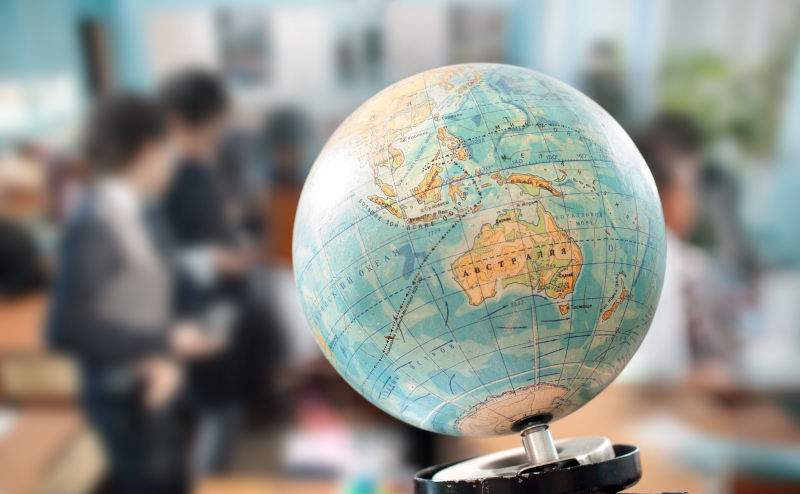The ‘climate change’ crisis bearing down on schools
April 20, 2023
Australian education can learn something from climate change. For a long time, people ignored the truth about the climate. We no longer can because the evidence is clear: there is a looming crisis, and we need big structural solutions to enable widespread change and action.
The same can now be said about Australia’s schools. We find ourselves among the countries showing the greatest gap between advantaged and disadvantaged students. The country that prides itself on its achievement and a ‘fair go’ is falling behind on both counts.
We know that education is complex, and there are many factors involved. There are diverse voices which are becoming louder and accusing fingers are pointed in every direction. We are at a juncture when we must take stock and come together to tackle the growing inequity.
Tom Greenwell and Chris Bonnor began this work with Waiting for Gonski where they analysed what had gone wrong since the Gonski Report. In it, they describe how on a global scale our public/private hybrid and competing framework is unique, but in all the wrong ways. We are increasingly creating winners and losers amongst our children and families. Many similar countries have ensured a more equitable education for every student, while allowing a diversity of schools to best meet student needs.
The Australian Learning Lecture has for the past decade been working to consider a different approach to resolving education’s existential crisis. Within schools it has looked at the need for a new definition of success and how we measure student achievement. It is seeking ways to assist schools to meet our changing times.
Australian Learning Lecture took the view that a new conversation about education was needed, and one that helped more Australians understand the uniqueness of our situation and the damaging consequences it creates. We commissioned the authors to write Choice and Fairness: A Common Framework for all Australian schools. It is now launched and available.
In Choice and Fairness, Greenwell and Bonnor draw on the solutions embraced by nations such as Canada and the Netherlands – solutions which are yielding positive results for children and increasing the nations’ productivity.
These countries fully fund secular and religious schools as part of the state’s provision of compulsory and free schooling. There are no fees and there are minimal enrolment barriers. Families have a wide range of choice from Montessori to faith-based schooling. In contrast, Australia increasingly (but not fully) funds private schools – which, in turn, continue to charge fees.
Their conclusion is that while we see many proposals for school reform in Australia, most focus on changing school practice – often essential but not enough. The outstanding reason for Australia’s decline is that we lack a common effective framework supporting our schools. They argue that if we don’t also put in place a new equitable framework of how we fund and regulate our schools these proposals have little chance to improve equality of opportunity and educational achievement for all our young people.
One way to turn Australia’s schools around is to fully fund private schools (we are almost there now) and, like other countries, eliminate fees and other enrolment barriers. This would encourage schools to enrol a range of students, as a condition of funding. And it would increase school choice.
We know schools are facing huge problems and there are plenty of indicators of worse to come. But better decisions and policy choices can only be made after a wider and well-informed conversation.
We hope it isn’t too late.
